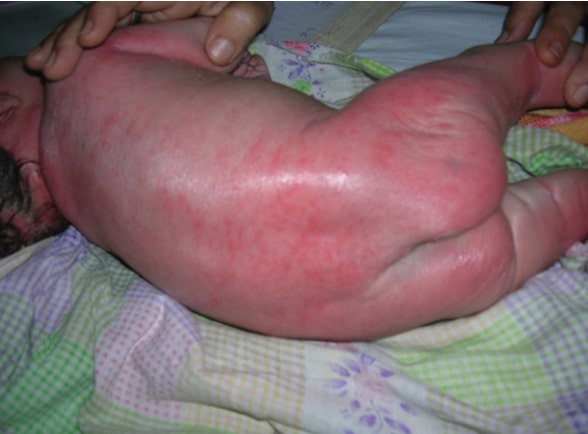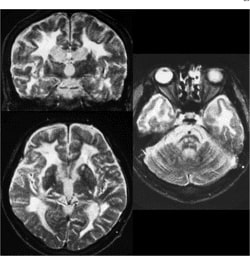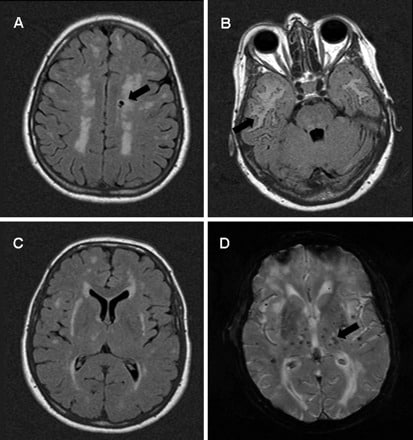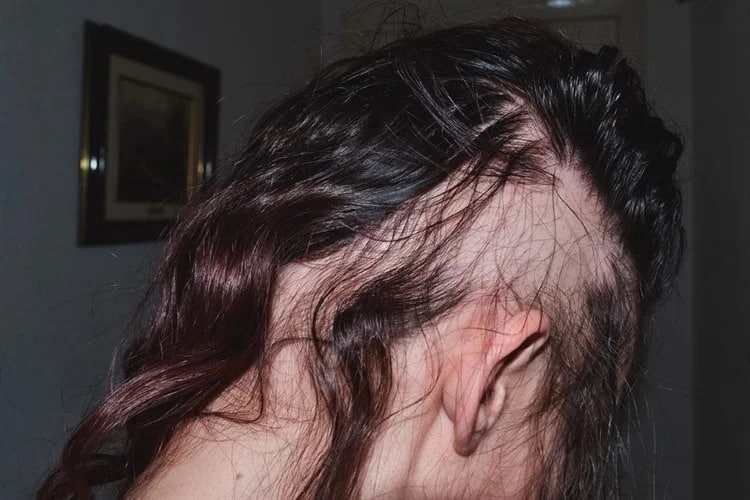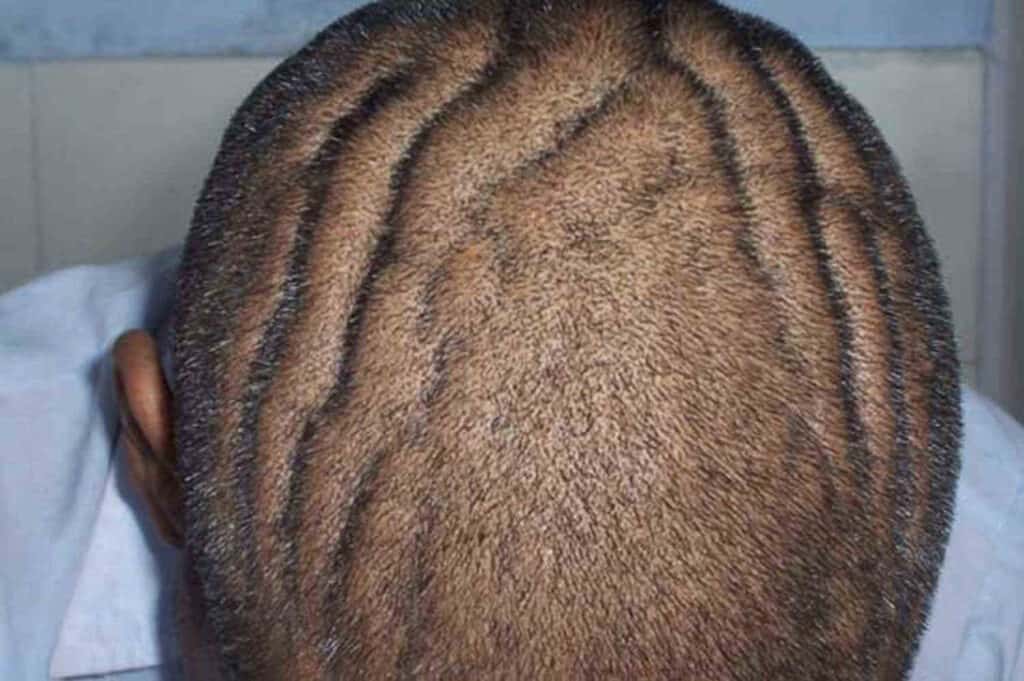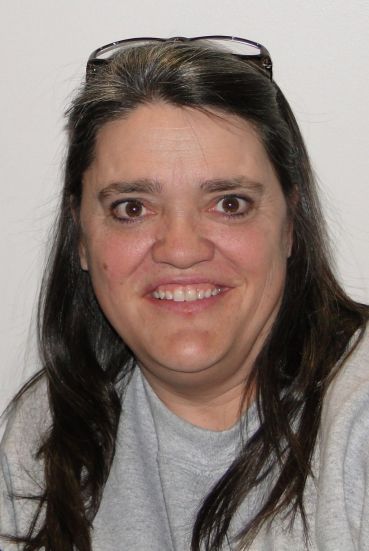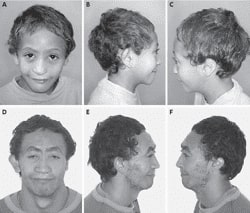Each human beings have around 24,000 types of genes in their body. Our genetic formations make us unique and determine various physical traits, including our hair color, body type, and height.
When change occurs in one or more genes, it is called gene mutation or genetic mutation. It alters the sequence of nucleotides in DNA.
When a parent carries a gene mutation in their egg or sperm, they can pass it to their child. It is known as the inherited gene mutation. We carry these mutations in almost every cell of our body throughout life.
There is another type of genetic mutation that occurs during our life. These mutations can be caused by copying mistakes during cell division or replication. Only some cells of our body get affected by these mutations, and they are not passed from the parents to their offspring.
Gene mutations are a usual occurrence, and, in most cases, they do not have any impact on our health. Our body’s immune system identifies the mistakes and fixes them. However, in some other cases, it can lead to various health conditions.
While some genetic mutations are quite common and can be found in many, some mutations are extremely rare. Here we list 8 of the rarest genetic mutations found in the human body.
8. Biotinidase Deficiency
Chromosome/ Gene: BTD
Symptoms and signs: Seizures, muscle weakness, lack of coordination, hearing and vision loss, skin rash, and hair loss

photo source: www.semanticscholar.org
Biotinidase deficiency results from mutations in the BTD gene. It obstructs the release of biotin from protein during digestion. Early signs of Biotinidase deficiency disorder typically appear within the first few months after birth. In some cases, the symptoms may also appear later in life.
Severe Biotinidase deficiency can cause seizure, muscle weakness, developmental delay, hearing and vision impairments, and developmental delay. Individuals may also experience skin loss and hair loss. Biotinidase deficiency is a treatable condition, and with early interventions, individuals can lead a normal, healthy life.
Did you know?
If the condition is left untreated, the disorder can lead to coma and death within a short span of time.
7. CARASIL
Chromosome/ Gene: HTRA1
Symptoms and signs: Stroke, dementia, memory loss, and movement issues

photo source: www.semanticscholar.org
Cerebral autosomal recessive arteriopathy with subcortical infarcts and leukoencephalopathy (CARASIL) affects the brain and other parts of the nervous system. It is caused by various types of mutations to the HTRA1 gene.
Premature hair loss and lower back pain can be the early signs of CARASIL. Hair loss typically begins during adolescence, and back pain develops early to mid-adulthood.
Affected individuals often experience muscle stiffness in their legs that causes problems with walking during their 20s and 30s. 50% of the patients have a stroke before the age of 40. At the advanced stage, patients may experience mood changes, dementia, memory loss, and immobility of limbs.
Did you know?
Most patients with CARASIL live only 10 years after the onset of the symptoms. However, some may live up to 20 to 30 years.
6. CADASIL
Chromosome/ Gene: NOTCH3
Symptoms and signs: Migraine headaches, multiple strokes, dementia

photo source: www.ajnr.org
CADASIL stands for Cerebral Autosomal Dominant Arteriopathy with Subcortical Infarcts and Leukoencephalopathy. This genetic disorder is caused by mutations of the NOTCH3 gene on chromosome 19.
The disorder affects the small blood vessels within the brain. Migraine with aura is the primary sign experienced by most individuals with this disorder. Three out of four patients also experience recurrent strokes that cause speech difficulties, lack of coordination, and visual loss. They are also likely to experience complete numbness in one part of the body.
Repeated strokes can also lead to dementia in some individuals. Patients typically experience early symptoms around the age of 40. However, the signs can be detected by MRI years before the onset of the symptoms.
Did you know?
CADASIL was first diagnosed by French researchers Marie-Germaine Bousser and Elisabeth Tournier-Lassarve. They, along with two other colleagues, received the 2019 Brain Prize for their contribution.
5. Björnstad Syndrome
Chromosome/ Gene: 2pq35, BCS1L
Symptoms and signs: Hair abnormalities and hearing impairment

photo source: d2jx2rerrg6sh3.cloudfront.net
Björnstad syndrome is an autosomal recessive genetic disorder caused by a mutation in the BCS1L gene.
Individuals with this disorder show two primary symptoms, pili torti, and sensorineural hearing impairment. Pili torti manifests in dry, fragile, and coarse hair. In most cases, only the hair on the head is affected, but in some individuals, eyebrows, eyelashes, and other body hairs are also affected. Lack of hair pigmentation has also been observed in certain individuals with this condition.
The degree of hearing impairment also differs from one patient to another. Some individuals cannot hear at all, whereas others are unable to hear sounds at certain frequencies.
Besides these two symptoms, 5-29% of patients affected by this disorder also show the symptoms of intellectual disabilities and diminished activities of the testes or ovaries.
Björnstad syndrome was first documented by Roar Theodor Björnstad in 1965. He presented his diagnosis at a conference in Copenhagen based on his observations of eight affected individuals.
Did you know?
Around 99% of the affected individuals show the major two symptoms of the disorder before 2 years of age.
4. Beare–Stevenson Cutis Gyrata Syndrome
Chromosome/ Gene: 10q26, FGFR2
Symptoms and signs: Skin abnormalities and deformities in the skull

photo source: healthjade.net
Beare–Stevenson cutis gyrata syndrome is an extremely rare genetic condition characterized by skin abnormality and a ‘cloverleaf skull’.
Individuals with this condition have furrowed and wrinkled skin, especially on the face, palms, and soles. They may also have thick, dark, velvety patches on their hands, feet, and groin.
Certain bones in their skull prematurely merge and obstruct normal growth. As a result, the affected individuals have deformed heads and faces. Abnormalities of the genitalia and anus, longer umbilical stump, and blockage in the airways can also be observed in certain individuals.
This disorder is caused by several mutations in the FGFR2 gene. However, the mutation in the FGFR2 gene was not observed in some individuals with the same symptoms.
Did you know?
Beare–Stevenson cutis gyrata syndrome can be life-threatening for infants and children in their early childhood.
3. Brunner Syndrome
Chromosome/ Gene: MAOA
Symptoms and signs: Lower IQ, impulsive aggressiveness, and attention deficit disorders

photo source: community.fansshare.com
Brunner syndrome is a rare genetic disease caused by a mutation that occurs on the eighth exon of the MAO-A gene. This gene is responsible for encoding monoamines. The mutation disrupts this function, and as a result, monoamines build up in the brain.
Individuals with this condition often have a lower IQ which is no more than 85. They also show the symptoms of episodic explosive aggression, hypersexuality, and violent behavior. Sleep disorders, mood swings, and mild mental disorders can also be observed in affected individuals.
Did you know?
This disorder was first described by H.G. Brunner in 1993. Fourteen male members of a Dutch family were diagnosed with this disorder.
2. Doss porphyria
Chromosome/ Gene: ALAD
Symptoms and signs: Neurological and gastrointestinal symptoms
Doss porphyria is a rare genetic disorder that goes by the official name Aminolevulinic acid dehydratase deficiency porphyria (ADP).
It results from mutations in the ALAD gene. The affected gene that causes this disorder is located on an autosome. A child is born with this disorder when both parents carry at least one copy of the affected gene. Usually, parents do not show any symptoms of this disorder.
The mutation results in producing inappropriately low levels of the enzyme delta-aminolevulinic acid dehydratase (ALAD), which helps in heme synthesis in the human body.
A wide range of neurological and gastrointestinal symptoms can be observed in the individuals affected by this gene mutation. Seizure, inability to move body parts, burning pain and psychological disturbances can be observed in the children affected by this condition. The gastrointestinal symptoms during acute attacks include vomiting, abdominal cramping, and constipation.
Did you know?
When both parents carry a copy of the defective gene, 25% chances are that the child will show the symptoms of ADP. Also, there is a 50% chance that the child will carry the same gene.
1. 1q21.1 Deletion Syndrome
Chromosome/ Gene: 1q21.1
Symptoms and signs: Neurological-psychiatric issues, skeletal malfunction, developmental delay

photo source: d3i71xaburhd42.cloudfront.net
1q21.1 Deletion Syndrome is the rarest genetic mutation in humans. According to a study published in 2011, only 46 individuals across the world reported this disorder.
It is a chromosomal condition in which a part of the sequence of Chromosome 1 is missing. It happens in the long (q) arm at position 21.1.
Symptoms caused by this disorder vary from one individual to another. Some individuals with this condition do not show any observable features and can function normally.
The most common symptoms of 1q21.1 Deletion Syndrome include delayed development, distinctive facial features, short stature, a small head, and eye cataract.
In some rare cases, this disorder can also be manifested in heart disease, bone abnormalities, and deformities in genitalia. The condition can also sometimes cause mild intellectual disability and learning problems.
Did you know?
75% of children with 1q21.1 Deletion Syndrome have delayed development of motor skills like sitting, standing, and walking.

